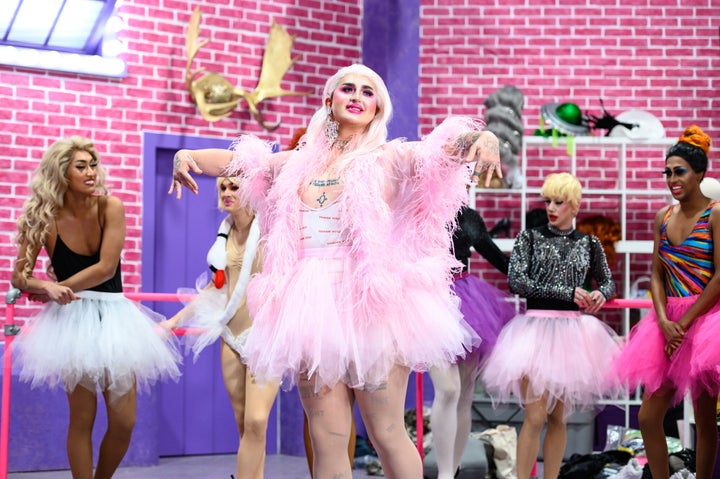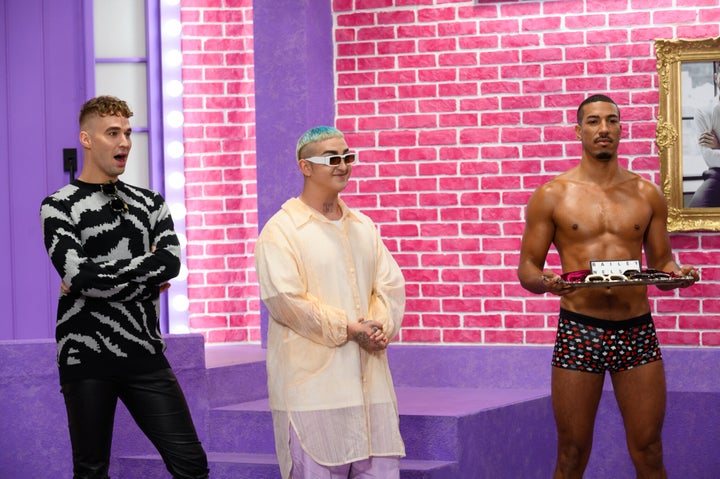Spoilers for an episode of “Canada’s Drag Race” that aired in mid-July are below. Skip the first paragraph to avoid them.

Ilona Verley may not have won “Canada’s Drag Race,” the first-ever Canadian edition of the mega-popular drag competition show. (She was eliminated in the seventh episode.) But she’s certainly a queen viewers across the country will remember, due to her gorgeous costumes and outspoken point of view.
But as the show’s season finale approaches, Verley’s star is rising: she was just interviewed in Vogue, where she discussed her approach to the show, her plans for the future, and her identity as the franchise’s first two-spirit Indigenous contestant.
Being able to talk about her Nlaka’pamux heritage on the show was important to her, Verley told the magazine.
“When I was living in L.A., so many people I met didn’t even know what ‘Indigenous’ meant. They’re like, ‘What’s an Indigenous person?’” said Verley, who grew up in Surrey, B.C. “I had no one to look at on TV that was like me. I went through this whole phase in high school, feeling like I had to be white passing to be successful.”

She was disconnected from her heritage when she was younger, she explained, because her grandmother was a residential school survivor.
“My grandma was in a residential school, so talking about our culture around the house was never really a thing. It had a triggering sense to it,” she said. “I wasn’t as knowledgeable as I could have been with my culture.”
On the show, Verley talked about how she wanted to be a role model for Indigenous kids. Since then, a ton of Indigenous youth have reached out to her, she told Logo.
“Just the sheer volume of people that are touched and that are seeing themselves on the show through me, it’s just really heartwarming,” she said.
Verley is known for her “monochromatic pastel” fashion choices — visit her Instagram feed for a dazzling palette that weaves through the colours of the rainbow. She said she wants to use her drag performances and unique style as a way to teach people about her heritage.
“I can sit and talk about being Indigenous until I’m blue in the face, but people are visual learners,” she told Vogue.
“When they see something that’s pleasing to their eyes, nine times out of 10, they’re more interested in learning more.”
Her time on “Drag Race” also led her to better understand her gender identity.
“Being on the show helped me connect with my inner self that I was always trying to ignore,” Verley told Vogue. “I went in there being very open about viewing myself as non-binary, and by the end of it, I walked away feeling confident and understanding of myself. I was able to come home, have a conversation with my mom, and say, ‘I’m trans.’”